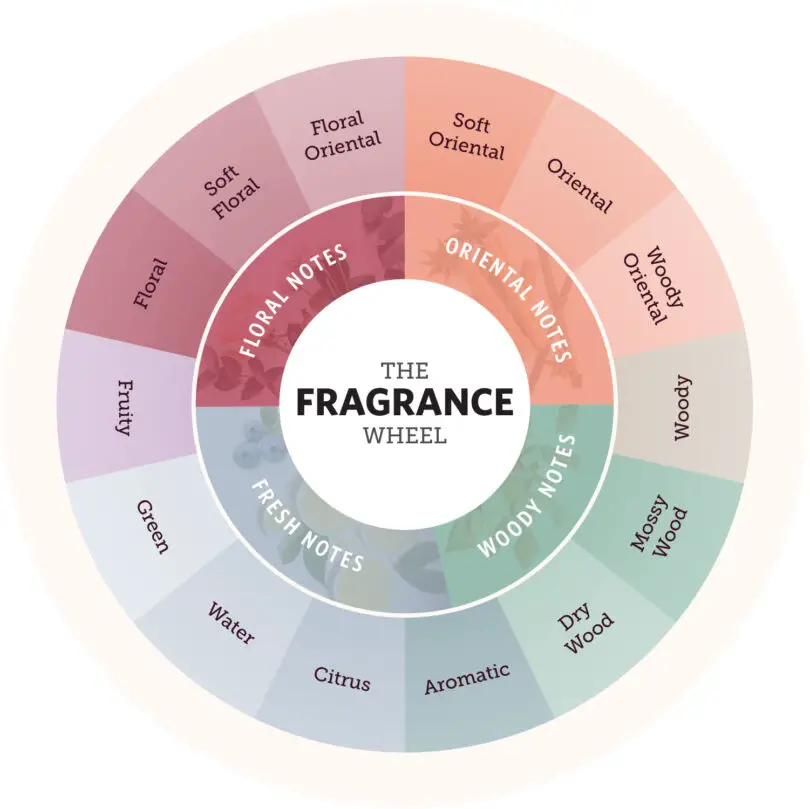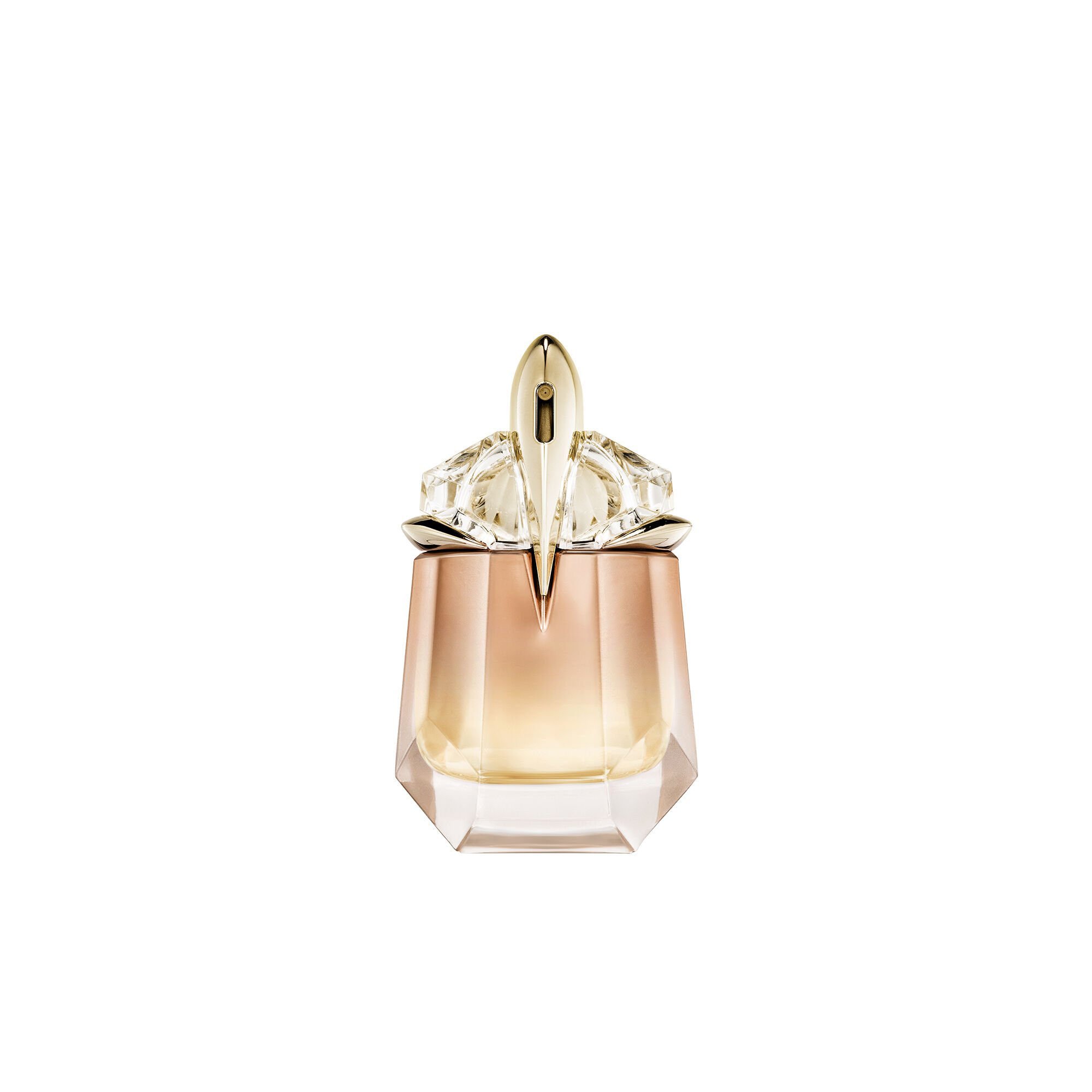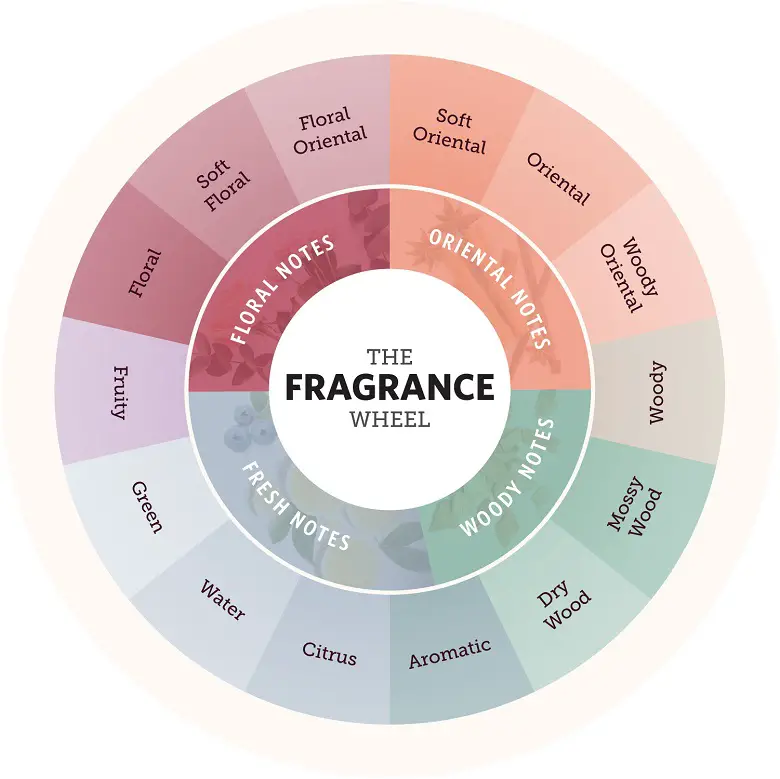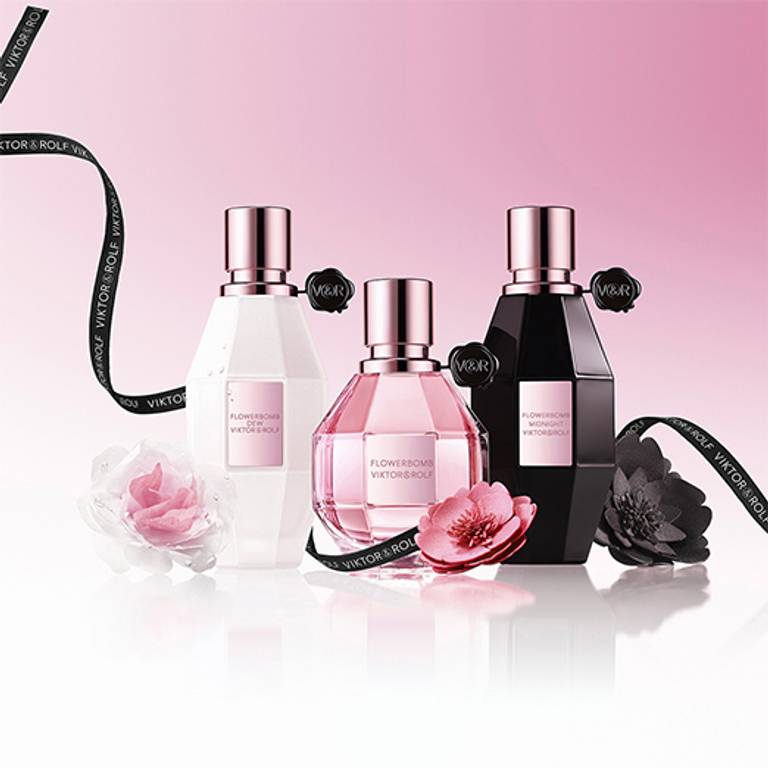Describing scents of perfume involves identifying the top, middle, and base notes and capturing the overall impression of the fragrance. Perfume scents can be described as floral, fruity, woody, oriental, or fresh.
Perfumes have the power to evoke memories, create an aura, and enhance personal style. Whether you are selling perfumes online or writing a review, accurately describing the scents is essential. But how can you effectively convey the fragrance through words?
By identifying the different layers of the perfume, including the top, middle, and base notes, and articulating the overall impression the fragrance creates, you can create a vivid and enticing description that captures the essence of the perfume. We will explore how to describe the scents of perfumes, from identifying the notes to finding the right words to paint a olfactory picture. So let’s dive in and discover the art of scent description.
:max_bytes(150000):strip_icc()/Best-floral-fragrances-IS-tout-695cfe24c01e4cd089b9a9f5a1bba343.jpg)
Credit: www.instyle.com
The Power Of Fragrance
Perfume holds the power to evoke emotions and create lasting memories through its captivating scents. Each fragrance has the ability to transport us to a different time or place, unlocking a flood of memories and associations. Whether it’s the comforting smell of lavender that brings back childhood moments, or the exotic notes of sandalwood that remind us of a faraway destination, fragrances have the remarkable ability to tap into our deepest emotions.
Moreover, perfumes provide a means of personal expression, allowing us to convey our unique identity and personality to the world. From fresh and floral to musky and mysterious, the scents we choose speak volumes about who we are. So, next time you experience the intoxicating aroma of perfume, take a moment to fully immerse yourself in its emotional impact, memory associations, and the story it tells about the person wearing it.
The Importance Of Describing Scents
The sense of smell is a powerful tool for evoking emotions and memories. When trying to describe the scents of perfume, it is essential to understand the importance of accurate and vivid descriptions. By enhancing communication through olfactory language, individuals can effectively convey their preferences and experiences.
Furthermore, this skill facilitates the selection process, allowing consumers to make informed choices based on their personal preferences. Describing scents also enables a personal connection, as people are able to express themselves and assert their individuality through the perfumes they choose.
Whether it’s the floral notes of a rose or the warm musk of sandalwood, mastering the art of scent description opens up a world of possibilities for perfume lovers. So, next time you want to express the essence of a fragrance, remember the significance of conveying scents accurately and effectively.
Learning The Language Of Fragrance
Learning the language of fragrance begins by familiarizing yourself with fragrance families. Understanding fragrance notes is essential in describing the scents of perfume. Fragrances consist of top, middle, and base notes, each contributing to the overall scent profile. Familiarity with these notes enables you to decipher and articulate the various aromatic elements present in a perfume.
By recognizing the top notes, which are the initial scents that you smell upon application, to the middle notes, which emerge a few minutes later, to the base notes, which appear after the perfume has dried down, you can effectively describe the complete olfactory experience.
Describing scents of perfume involves a delicate balance of carefully chosen words to accurately convey the fragrance’s nuances, evoking the sensory experience for your readers. Delve into the enchanting world of fragrance and unleash your descriptive abilities to captivate and transport others through the power of scent.
Descriptive Terminology
Perfume scents can be described using various terms that evoke different sensations. Floral fragrances are reminiscent of flowers, while fruity notes give a refreshing and sweet aroma. Woody scents bring in a warm and earthy feel, while the spicy fragrance adds a hint of excitement.
If you prefer a tangy twist, citrus-based perfumes are perfect for you. For a more oriental and exotic experience, there are fragrances that blend rich and warm elements. If you yearn for a fresh and breezy feeling, then aquatics scents are a go-to.
Knowing these descriptive terminologies helps you choose a perfume that matches your preferences. Experiment with different scents to find the perfect perfume that complements your personality and style.
The Art Of Olfactory Description
The art of describing scents in perfume involves using associative words and figures of speech. Analogies and comparisons can be used to evoke a specific scent. For example, a perfume could be described as being as refreshing as a cool breeze on a summer day.
Visual imagery can also help to convey the scent. For instance, one might describe a perfume as smelling like a bouquet of vibrant flowers. Textural and tactile references can add depth to the description. For instance, a perfume might be described as having a smooth and velvety aroma.
By using these techniques, one can effectively describe the scents of perfume in a way that is captivating and evocative.
Precision And Specificity
Precision and specificity are essential when it comes to describing the scents of perfume. To identify individual notes, pay attention to their distinctive characteristics. Express the intensity and longevity of a fragrance by describing how it lingers on the skin.
When conveying complexity and balance, focus on the interplay between different scent components. Describing the overall character of a perfume requires capturing its unique personality and allure. Use vivid language and sensory imagery to paint a picture for the reader.
Frequently Asked Questions On How To Describe Scents Of Perfume
How Do You Describe Perfume In Words?
Perfume is described through words that evoke its scent, such as fragrant, floral, musky, and captivating.
What Is The Way To Describe Scents?
To describe scents, use short, precise words that capture their essence and evoke sensory experiences.
What Are Three Words To Describe Perfume?
Perfume can be described as fragrant, alluring, and captivating.
How Do You Describe The Scent Of Perfume?
Answer: Describing the scent of perfume involves identifying its notes, such as floral or woody, and describing the intensity, longevity, and overall character of the fragrance.
Conclusion
Describing scents of perfume can be a complex yet rewarding task. By using descriptive language, identifying keynotes, and considering the emotions and memories associated with each fragrance, you can create a detailed and evocative description. Remember to consider the target audience and their preferences, and always trust your own sense of smell.
Additionally, incorporating sensory details, such as colors, textures, and tastes, can further enhance the overall description. Above all, it’s important to enjoy and appreciate the art of perfumery, as each scent tells a unique story and has the power to transport and captivate.
So, embrace your sense of smell, indulge in the world of perfume, and let your creativity flow as you paint olfactory pictures with words. Happy scent describing!









